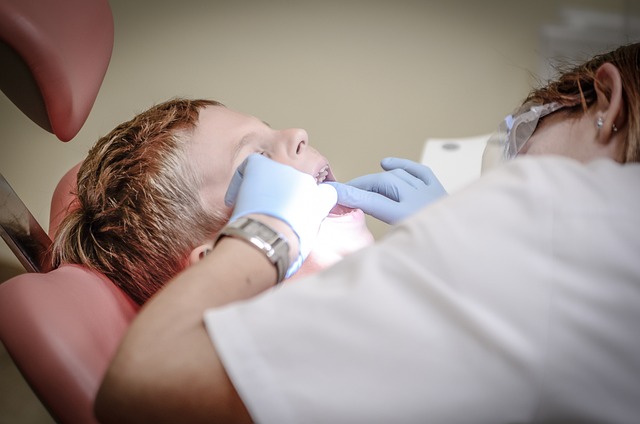To achieve good oral health, brushing your teeth using fluoride toothpaste is crucial. Doing this twice a day should be your top priority. However, interdental cleaning and tooth bleaching are simple additions that can make a significant difference in the health of your mouth.
Although toothbrushing is crucial for maintaining oral hygiene, it can only clean about 60% of the tooth’s surfaces. Employing interdental brushes to remove debris and bacteria from the tight spaces between your teeth is a simple and significant step you can take to enhance your smile’s health.
As National Smile Month gets underway, the Oral Health Foundation has partnered with TePe to offer valuable guidance on incorporating a simple practice into your oral hygiene regimen.
The Significance of Interdental Cleaning
Dental plaque has a tendency to accumulate in the narrow spaces between teeth, which is difficult to reach with a toothbrush.
Over an extended period of time, inadequate dental hygiene may result in tooth decay, gum inflammation, and halitosis. To prevent these undesirable outcomes, it is suggested that one should add an interdental brush to their daily oral cleaning routine.
An interdental brush is a small brush that is specially designed to clean areas between your teeth that are unreachable by a regular toothbrush. It is beneficial to use an interdental brush daily along with regular toothbrushing to maintain healthy teeth and gums. This practice is a simple and effective way to keep your mouth fresh and worry-free.
Our suggestion is to practice interdental cleaning on a daily basis to maintain a healthy and fresh oral cavity.
When you initially begin flossing, you may experience some discomfort and see blood from your gums. However, you should continue flossing regularly and not be discouraged since bleeding gums are frequently an indicator of gum inflammation. If you don’t observe any progress after a few days, it may be recommended to seek assistance from a dental expert.
Choosing the Appropriate Size
There are various sizes of interdental brushes available, and it can often be challenging to determine the best fit for your mouth specifics.
To obtain appropriate guidance, it is advisable to inquire with a dental expert for their suggestion. Meanwhile, here are some hints to kickstart your routine dental care.
Examine your reflection and gently place the toothbrush between your teeth, near the gum line. Begin with the smallest brush size and gradually progress to larger sizes until the bristles reach both the tooth surface and gum tissue.
When brushing your teeth, ensure that the brush fits snugly and that the wire, though coated in plastic, does not touch the teeth or gums. It is important to avoid forcing the brush into any spaces.
After placing the interdental brush in the gap between your teeth, move it back and forth for about two to three times along its full length. It is recommended to clean the spaces between your teeth once a day to ensure thorough cleaning.
It is probable that you will require a combination of one or two brushes and floss, or two to three different sizes, depending on the gaps between your teeth, which usually differ throughout the mouth.
